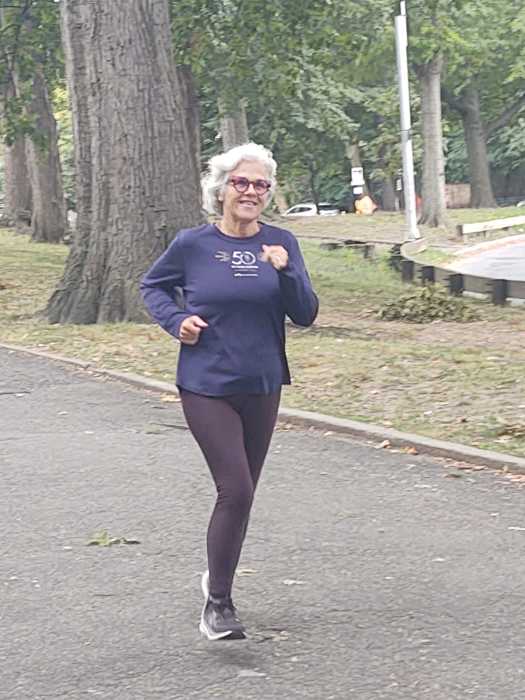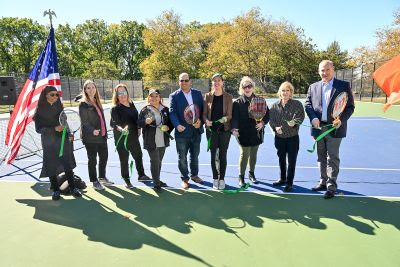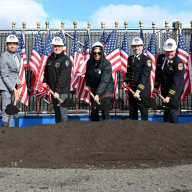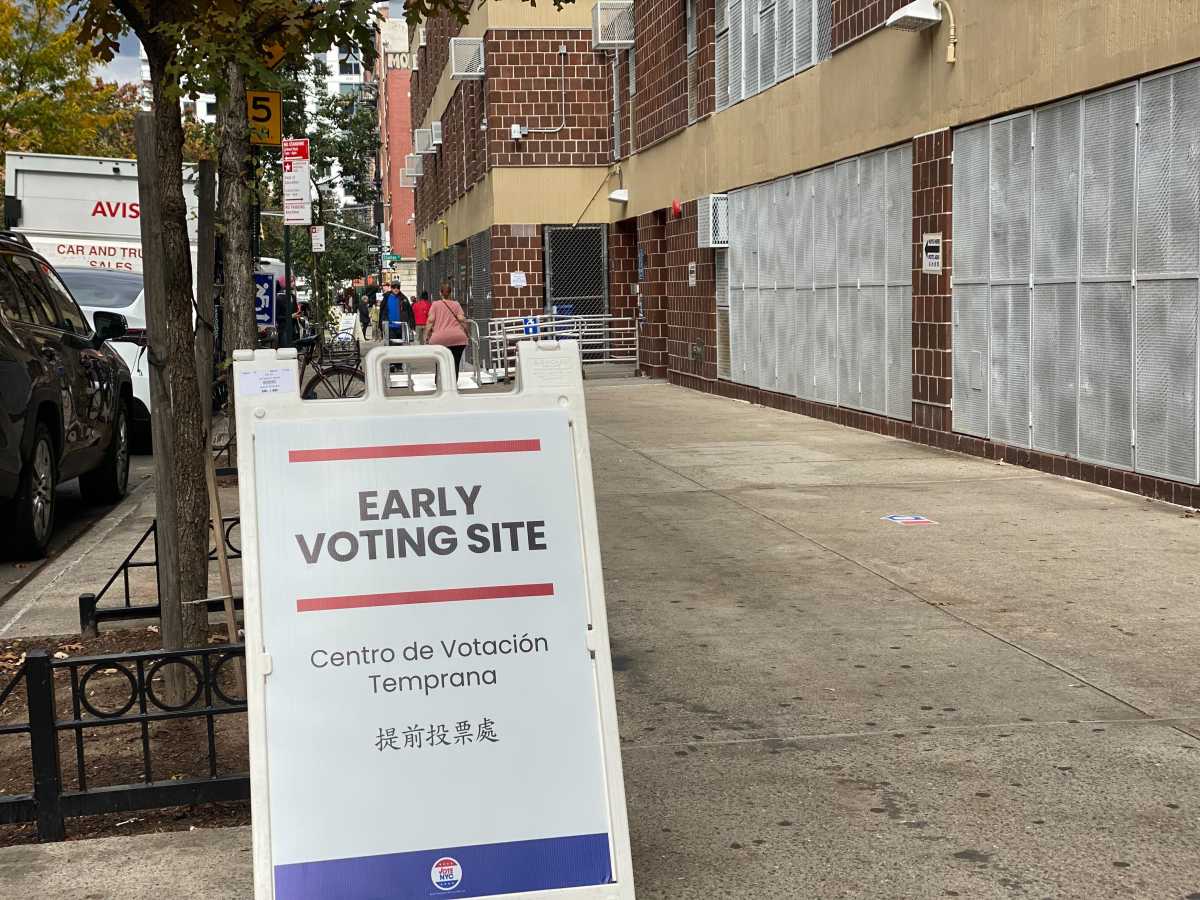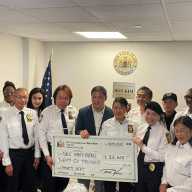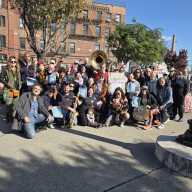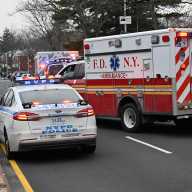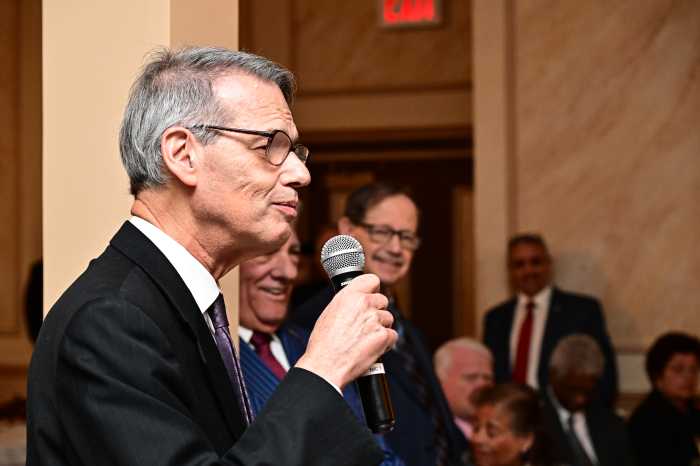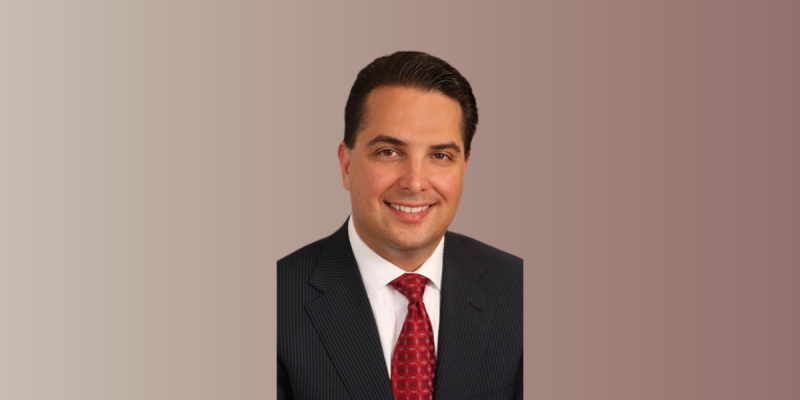The latest chapters of a different kind of turf war have mobilized Queens residents in varying directions in recent weeks. The big question: How safe is the soil, real or artificial, in the borough’s sports fields?
City councilmember Peter F. Vallone Jr. and the state health department offered positive news on April 17, when they gave the green light for the ICYP little league in Astoria to begin its season one day later. The department had conducted extensive tests to confirm that the natural grass fields, located at the Con Edison Generating Facility in Astoria, were free of soil toxins from the power plant and safe for youth baseball. Con Ed collected 175 soil samples from 35 locations between February and March.
“We reviewed the data from the perspective of potential exposure of children playing baseball on these fields,” Howard A. Freed, director of the Center for Environmental Health, wrote in an April 16 letter to Vallone. “We focused on surface soil, which would be the primary source of possible exposure. Based on that review, we concluded that the baseball fields are suitable for use for playing baseball this season.”
The successful start to the two-weeks-old season was accompanied by soil-related grumblings in other parts of the borough. In Maspeth, the construction of two public high schools on the former site of a Restaurant Depot food supplier drew increased opposition when the Juniper Park Civic Association learned of a less-than-stellar environmental impact statement published by the School Construction Authority. The report, released in February, stated that numerous semi-volatile organic compounds were found to have exceeded New York State Department of Environmental Conservation standards.
On April 28, Benjamin Cardozo High School in Bayside was listed by the Department of Education among 15 city schools whose soil contained above-normal concentrations of polychlorinated biphenyls. PCBs, a component of pre-1977 window caulking and the subject of a Bronx mother’s threatened lawsuit against the city, have been reported to cause organ damage, immune problems, and poor cognitive development in children with extremely high levels of exposure. Cardozo, along with seven other schools that underwent recent renovations, is now the subject of a soil cleanup plan submitted for approval to the federal Environmental Protection Agency.
Miranda Massie, an environmental attorney with New York Lawyers for the Public Interest, is helping lead the legal charge against the city, which some perceive as dragging its heels in solving a PCB contamination problem that also extends to air and building structures.
“The more of the scientific literature I read [about PCBs], the more it made my hair stand on end,” she said.
These soil battles are reminiscent of those that consumed some city politicians after an artificial surface at Thomas Jefferson Park in East Harlem was found to contain elevated lead levels. The park was closed down, and the Parks Department announced that crumb rubber infill, the synthetic material in question, would no longer be used in the construction of new artificial fields in the city. The city maintained, however, that there was no reason to close down any existing crumb rubber infill fields; the only proximate concern, it said, came from the heat such surfaces might project on particularly hot days.
Crumb rubber infill is derived from washed silica sand and rounded cryogenic rubber – a product, in part, of processed automobile tires – and the bouncy, gravelly material has become increasingly common on professional, college, and youth sports fields around the country. The Metropolitan Oval soccer complex in Maspeth and Belson Stadium at St. John’s University are two of the highest-profile fields in the borough to contain it.
According to an August 2008 report by the state health department, “Our review of the available information on crumb rubber and crumb rubber infilled turf fields indicates that ingestion, dermal or inhalation exposures to chemicals in or released from crumb rubber do not pose a significant public health concern.”

